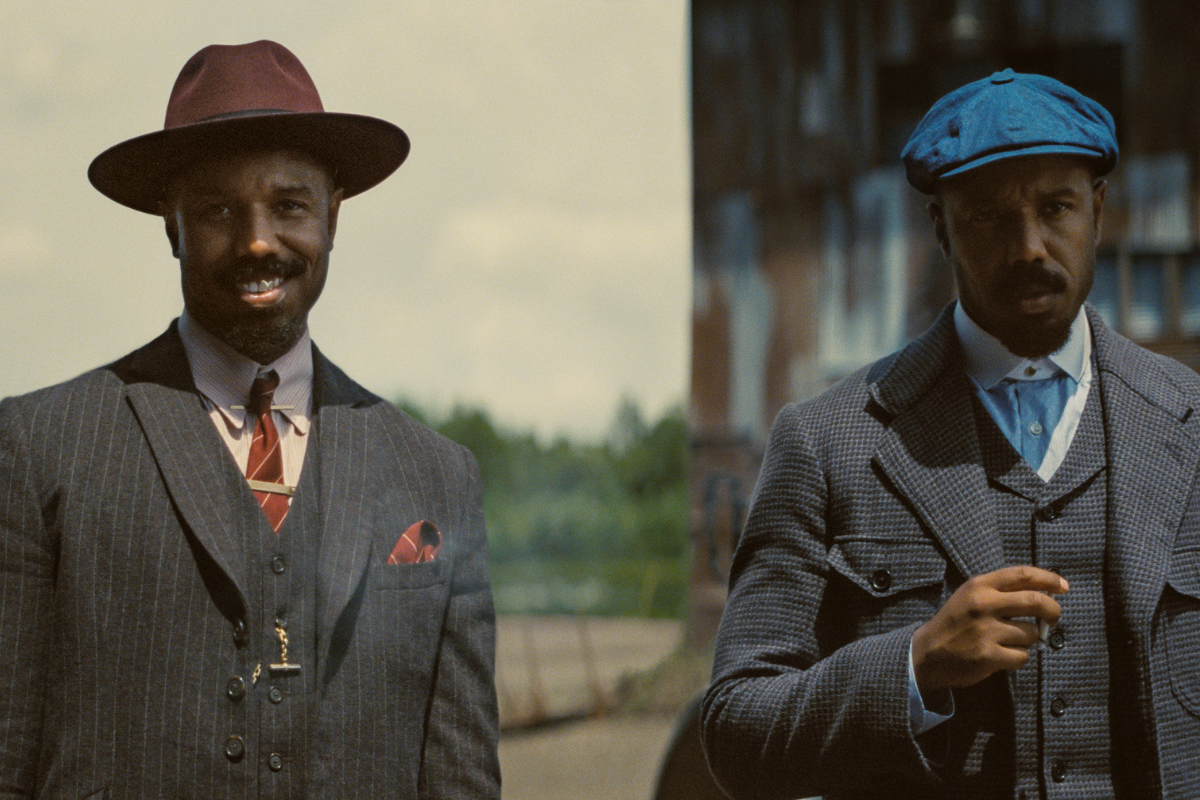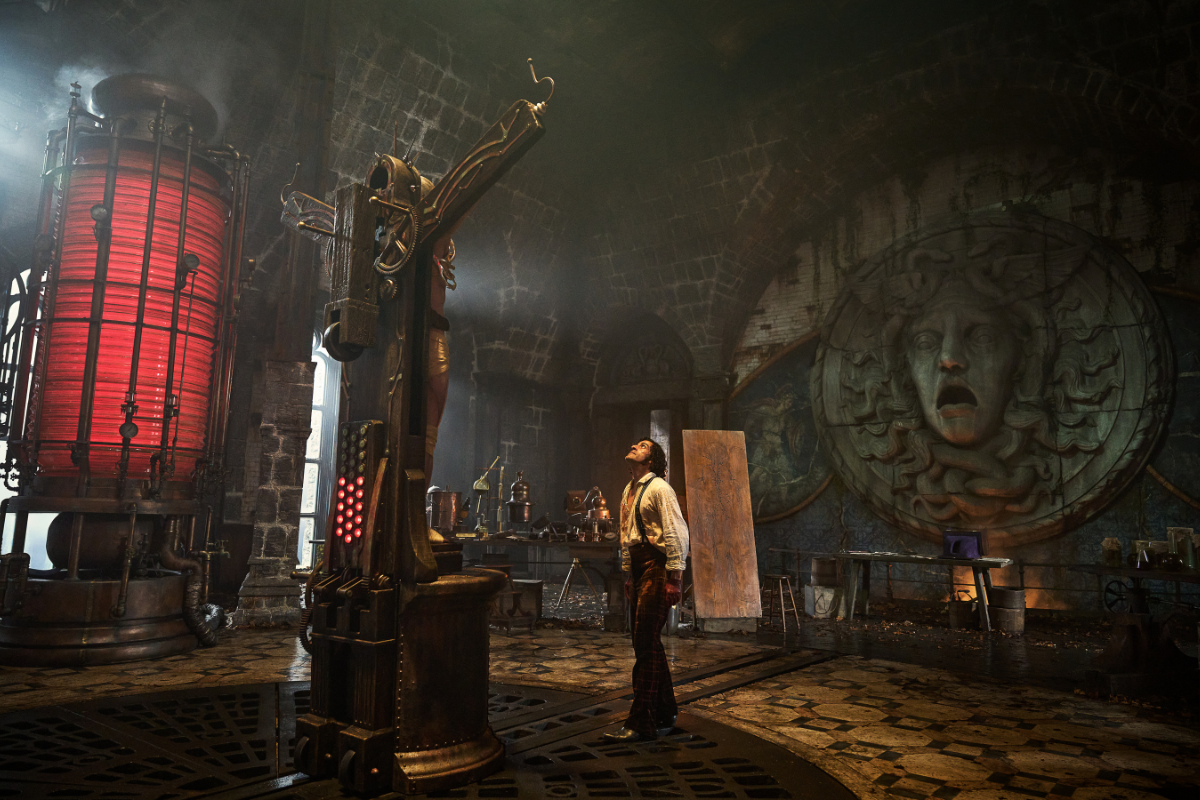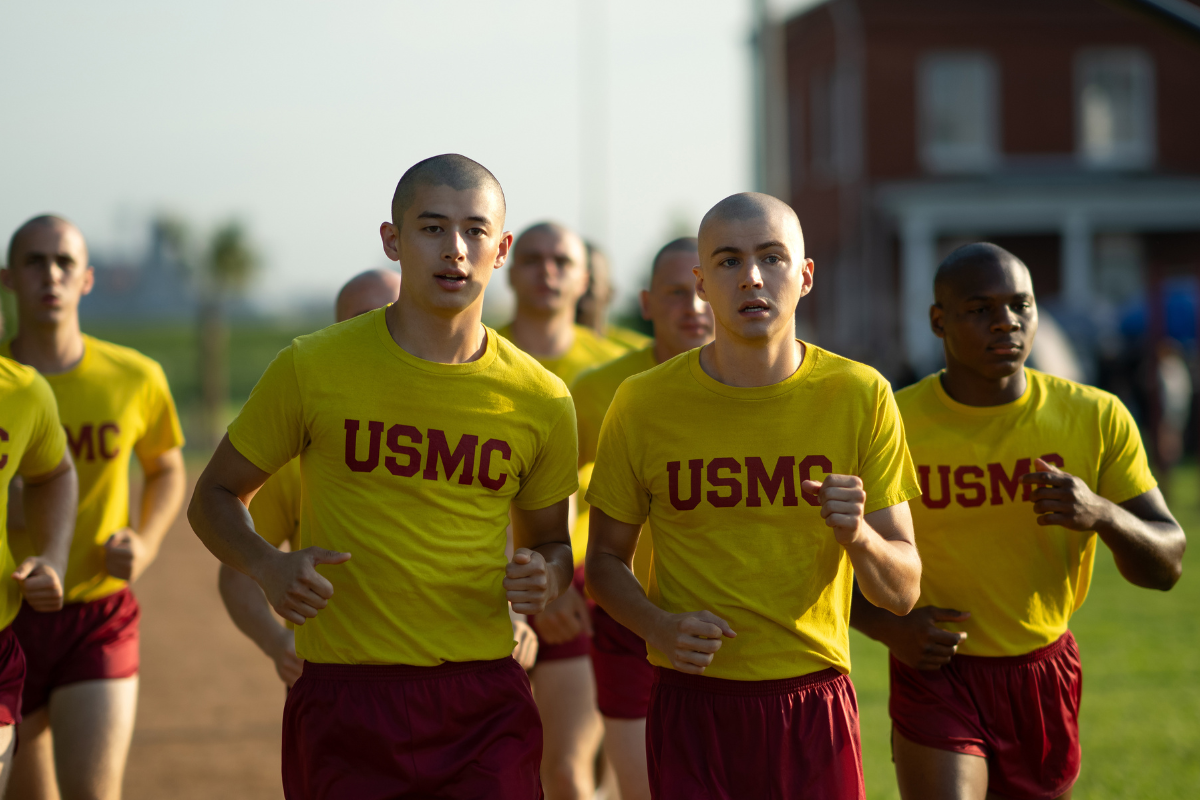Three Telling Tips for a Stunning Script
Show is better than tell. There is much you can do to make your script more visually engaging. Here are three tips that will make a difference.
You’ve heard this before. And it’s true that show usually is better than tell, especially in a movie or TV script, whose strength is its visual quality. There is much you can do to make your script more visually engaging. Here are three tips that will make a difference.
1. Identify narration and voice-overs that can be actionized.
Narration and even a long voiced-over introduction can be effective when it adds another layer of meaning, humor, or drama; or when it contradicts what we see on the screen; or it foreshadows in a clever or fascinating way. However, usually, it is not interesting or exciting, especially when it tells us what we can already see on the screen.
Let’s look at an example. (And incidentally, examples are used with permission.) What follows is a condensed opening voice-over (that was originally twice as long):
The writer is telling. This speech could possibly work in a broad comedy, but perhaps the first section about Jack’s family could be handled with brief flashbacks later in the script that emerge naturally as part of the story, or we could open with a montage of brief images from the past. In either case, we’d be showing rather than telling.
The bit about Jack’s education could emerge into a later conversation. And why not show the team posing as archaeoastronomers? Build the tension and the suspense that their cover might be blown. That would be a more compelling opening scene than a long expository voice-over.
If you have narration throughout your script or an opening voice-over, and it’s not superb and engaging as defined earlier, brainstorm ways to actionize it.
2. Convert obvious exposition into drama.
You are right if you are thinking that the example above is obvious exposition. It’s narration as exposition. Now let’s look at regular dialogue as obvious exposition.
When characters tell each other things they already know, that might be a sign of obvious exposition. We should wait until the marriage is falling apart and then show one of them recalling the ceremony and/or Hawaii honeymoon. The flashback would normally be obvious exposition if it were not part of the story—the character is recalling the good times as a motivation to not break up the marriage. This would be showing rather than telling. Let’s look at another speech.
The above speech could work if everything goes wrong; then, because we know the plan, suspense is created because things are not going as planned. Otherwise, have the character say, “Here’s the plan.” and then cut to the warehouse and show this unfolding. Often in script evaluations, I’ve told clients, “Don’t have characters tell us what they’re going to do or what they have just done. Instead, show us.” Let’s acknowledge that in some instances telling us works dramatically.
In most cases, avoid dialogue that explains. Sometimes it’s needed; usually it is not. I’ve even seen SUPERs used to explain, which shouldn’t be done. For example, don’t write something like this:
3. Discover minimized cinematic moments that can be maximized and exploited.
Sometimes we don’t see cinematic moments when they are right in front of us. Let’s imagine an exchange from the first draft of The Princess Bride. I fabricated this to illustrate a point.
Notice how static, unmoving, and matter-of-fact the above is. This should be a cinematic moment; show us! The produced film shows a “Battle of the Wits” between the Man in Black and the Sicilian. It is hilarious and satisfying.
Let’s take a micro view and discuss a small moment in a scene. In the following from a client, Lisa’s husband Michael is in the jet headed towards her car. What follows is the original version.
This is clearly action, but we’re still missing an opportunity. While we generally want to avoid incidental and unimportant details, it’s ok to dramatize dramatic moments and milk the emotion (without going overboard). What follows is the revision; and notice we’re allowing the camera to be both inside and outside of the car (INT./EXT.).
As you revise and polish your script, look for opportunities to take static “telling” scenes or even individual explanatory speeches, and convert them into visual and gripping scenes or moments. And then, keep writing!
Learn more about the craft and business of screenwriting and television writing from our Script University courses!
Dave Trottier (AKA Dr. Format), author of seven books including The Screenwriter's Bible, has sold or optioned ten screenplays (three produced) and helped hundreds of writers sell their work and break into the biz. He is an award-winning teacher, in-demand script consultant, and friendly host of keepwriting.com. Twitter: @DRTrottier







